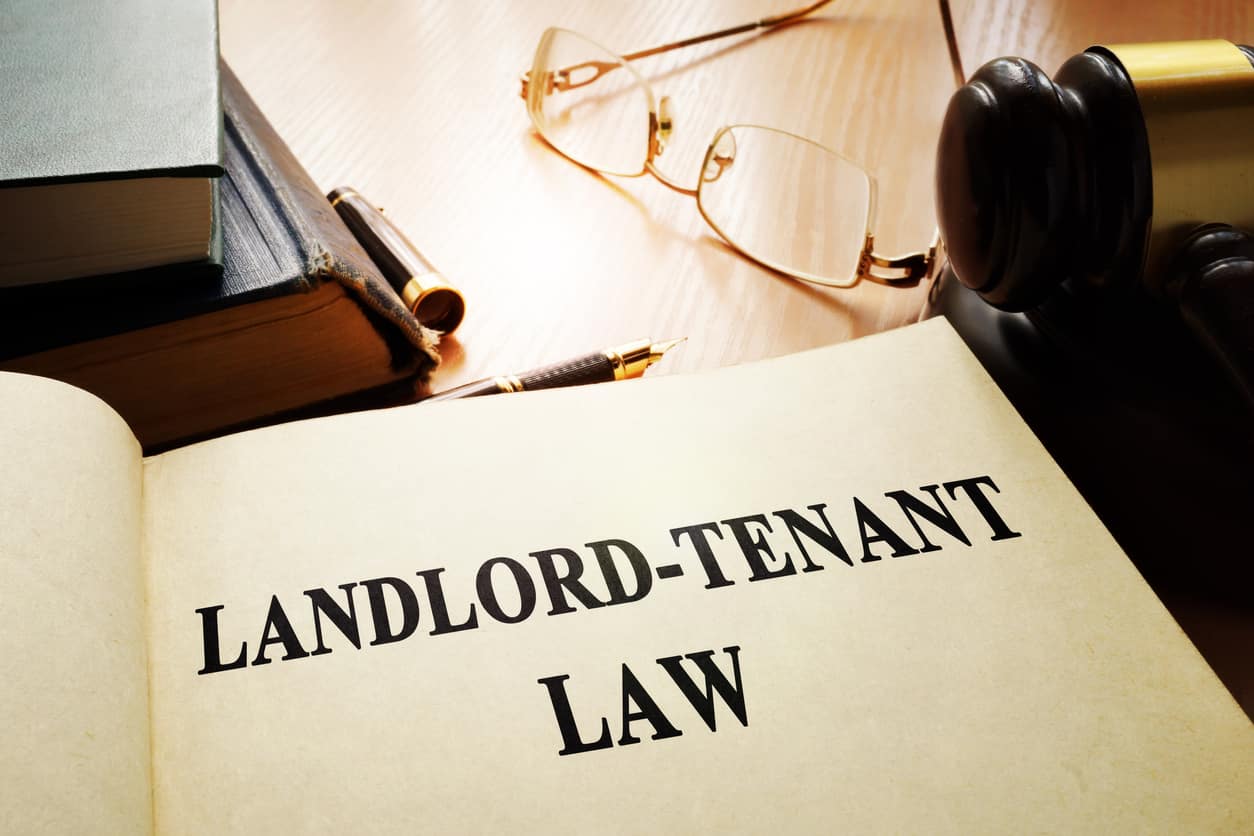Leases of property in Texas, such as a house or apartment, are very common. When problems arise and either party is unhappy, a landlord-tenant issue may head to court. When that happens, a tenant will want pre-existing proofs of what the arrangement was, to support his or her claim.
Like other contracts, the Texas Property Code states that an enforceable lease in Texas can be oral or written. The law provides for various default duties of landlords and remedies of tenant. Oftentimes, the parties can agree to change some of the default rules of the landlord-tenant.
To change these statutory standards, there must often be a writing to that effect. Typically, both the landlord and the tenant will sign the writing to give it affect. Some examples of changes that should be in writing include the following:
- Expanding the duties of the landlord with regard to security devices or smoke alarms
- Requiring tenant to pay for certain damages to doors, windows and screens
- Requiring tenant to pay for certain damages caused by doors or windows left open
- Waiving a tenant’s right to trial by jury
- Charging a reconnection fee in an electricity shut off situation
As noted by the Texas Young Lawyers Association and the State Bar of Texas, tenants can protect themselves if they have a written lease with the owner from the start. However, even in an oral lease, often a tenant will want a subsequent understanding or arrangement to be in writing. For instance, there are times when Texas requires a property owner to provide repairs within the rented dwelling as a matter of law.
The basic duty to repair certain items need not be in a written lease to be the tenant’s enforceable right. However, certain procedures must take place to trigger that duty to repair with regard to a specific item. A tenant must give a landlord notice that an item needs repair.
Verbally advising a landlord can cause a tenant problems later if the landlord fails to repair. It is difficult to prove that a conversation about repairs took place at all if one party denies it. It is more effective to put the request to repair in writing. Ideally, the tenant will send the dated writing by certified mail, return receipt requested via the United States Postal Service.
There are many steps a tenant can take as a matter of course to ensure that if there are problems with the landlord down the road, the tenant has proofs beyond mere allegations of what transpired. Putting things in writing, dated, is one of the most basic of habits a tenant can practice.



